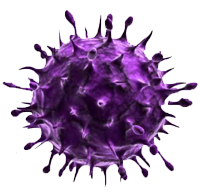The team at VVector Bio has all the expertise in-house to take the most challenging projects and manufacturing processes. We accomplished our protein production with extremely high quality and yields, thanks to VVector Bio that took this task and with high professionalism and dynamic interaction with the clients. We are satisfied with the quality of the products and services and will continue working with VVector Bio for future projects.


















